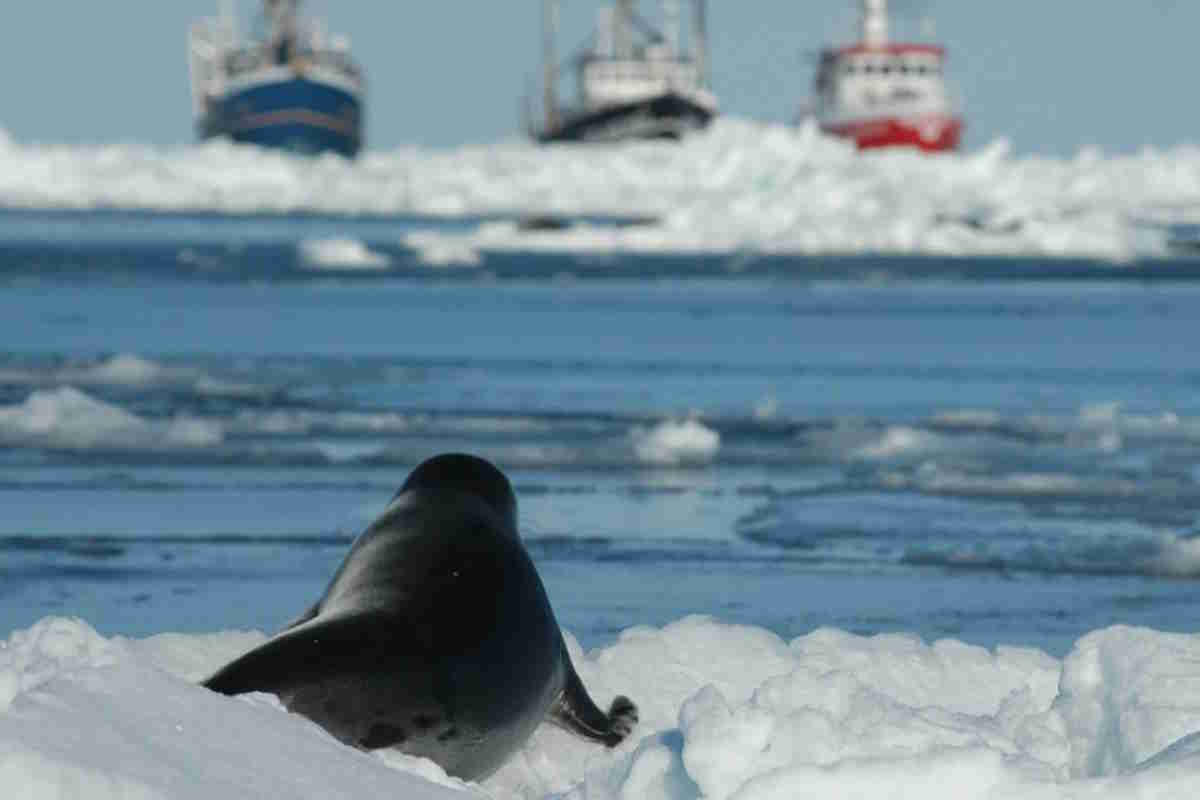A human skull discovered on a remote beach on the frozen continent has been raising questions for four decades that have yet to be answered. The discovery, made by a Chilean scientist, would place the death of a young woman between 1819 and 1825, a period prior to the first confirmed records of human presence in Antarctica.
During an expedition in January 1985, biologist Daniel Torres Navarro, from the University of Chile, was working in the Cabo Shirreff area collecting marine debris. It was then, at 4:35 p.m., that he detected a skull half-buried in the sand at Yámana Beach. Only part of the bone was visible, covered with green microalgae, a sign of its prolonged exposure to the polar environment.
Upon extraction, two jaw fragments with several teeth in good condition were also recovered, although the central incisors were missing. Successive explorations failed to locate the rest of the skeleton, except for a femur found later in a nearby area, suggesting possible dispersion caused by local fauna or extreme weather.
Forensic analysis determined that the remains belonged to a young woman, probably of Chilean origin. Dating placed her death in the early decades of the 19th century, which has puzzled specialists because the first documented sighting of the continent occurred in 1820.
Explorer, shipwreck victim or abandoned?
Torres Navarro has put forward several hypotheses as to how she might have got there. ‘I would like to propose the hypothesis that, for unknown reasons, the woman may have been a member of a group of 19th-century seal hunters who abandoned her there,’ the scientist explained in an article published in 1999.

Another possibility he considered is that the young woman died on board a ship and was thrown into the sea, following the custom of the time.
‘This could have caused the body to be carried by currents and storms to the beach, where it was consumed by scavenger birds,’ he added. Among the species identified are the giant petrel, skuas, Dominican gulls and the white plover. These animals would have contributed to separating the skull from the rest of the body, preventing its complete location.
Antarctica’s oldest mystery
To date, Torres Navarro’s discovery remains the oldest human record found in Antarctica. No subsequent expedition has uncovered new remains that would allow for an accurate reconstruction of what happened. This mystery remains unsolved, fuelling doubts about the possible presence of humans prior to what official history suggests.
Some researchers have linked the case to Polynesian oral legends that mention voyages across the southern seas, although there is no conclusive archaeological evidence to confirm an actual arrival on the Antarctic coast. The lack of evidence reinforces the exceptional nature of this discovery.
The extreme conditions of the continent make survival without modern means unthinkable, which adds to the confusion generated by this case. For science, the discovery poses a challenge: could there have been unrecorded explorations at that time? Or was it the randomness of the ocean that brought these remains to shore?

